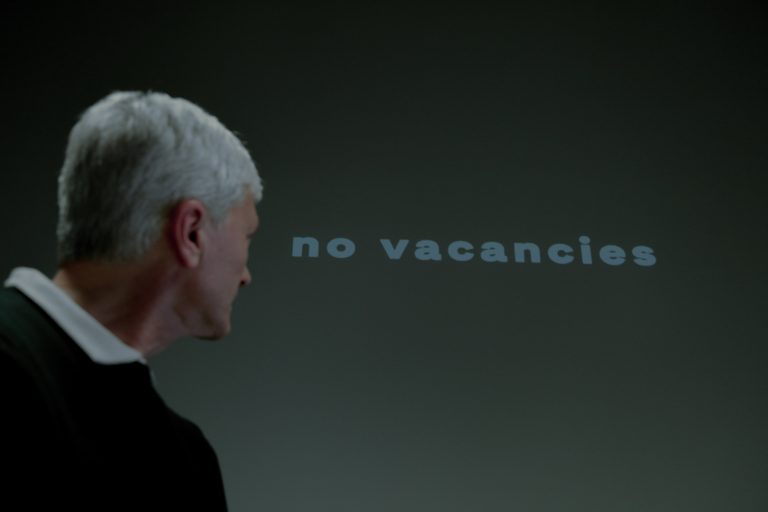Hiring should be an enriching experience—meeting new people, evaluating their skills, and possibly extending a promising job offer. Unfortunately, the simplicity of applying for jobs online has transformed this rewarding process into a dispiriting task.
Research shows hiring leaders at SMEs are now spending 35 hours on recruitment activities a week. Think about that for a second. The majority of their working week is spent dealing with the admin that comes with finding talent; writing job descriptions, posting job ads, reviewing job applications – all of these things cost time and money.
Great talent is priceless, so businesses have been hoodwinked into accepting this convoluted, painless experience because “it’ll all be worth it in the end”. This could be true, if hiring managers could actually find the talent they want to hire.
Yet recent government data highlights persistently high vacancy rates – 916,000 jobs unfilled as of March, particularly across retail and hospitality. Businesses aren’t hiring, because they can’t find the right talent.
But this doesn’t add up – hiring managers are spending 35 hours per week on recruitment activities and job seekers are spending months looking for jobs, so what’s the problem? Clearly the traditional recruitment model is broken, and needs fixing.
Below I’ll explain how we got into this problem – and the best way out.
Application Overload
Have you posted a job ad on LinkedIn recently? No matter how niche the role, you’re likely to get hundreds – if not thousands of applications, the vast majority of which are irrelevant. This is because LinkedIn doesn’t filter job applicants by potential fit. Sure, you can add some filtering criteria yourself, but your job is still available for millions of job seekers to see and potentially apply for it.
Technology has made it incredibly easy to apply for jobs. This isn’t necessarily a bad thing: It’s better to have lots of applications than none. But it does mean that hiring managers are spending time sifting through applications, rather than interviewing strong candidates. This elongates the time to hire, and leads to burn out on both sides; hiring managers are fed up and job seekers are disheartened.
The Rise of ‘Dark Vacancies’
Employment Hero speaks to SME owners everyday, and we know that the traditional recruitment process disproportionately impacts their ability to hire. They can’t afford to spend huge amounts on advertisement fees, and they don’t have internal teams to deal with the influx of applicants. This has given rise to what I term ‘dark vacancies.’ These are positions that exist but are not advertised publicly. Our data shows that 80% of roles with SMEs are hidden this way, because they opt to fill them internally or through old school methods like shop front windows and word of mouth.
While this can be great for local communities, it prevents SMEs from discovering exceptional talent that is eager to join but unaware of these hidden opportunities. While there is always room for internal promotions and direct outreach, relying heavily on these methods can severely restrict your talent pool.
AI is the solution
Application overload is a problem created by technology. It must be defeated by technology too.
Good AI properly adapted can analyse exactly what you’re looking for in a candidate, and use this criteria to reduce hundreds of applications down to a handful that deserve your attention. It can remove potential human biases in recruitment and automate a lot of the paperwork required in hiring someone – meaning you get to focus on the real human conversations that are still essential to finding the right people.
Employment Hero’s SmartMatch aims to do more than this. We’re keen to tap into all those ‘dark vacancies’ – the hidden job openings that usually are filled informally. Since we offer full service HR software,we can see across the entire org chart of an organisation and identify all of the current roles availables. Our AI can automatically match you to candidates with the right skills and experience for each role. It can also predict vacancies before they’ve even developed by analysing industry trends like peak seasons.
By taking this proactive, predictive approach, SmartMatch removes the need for expensive job ads. SMEs using SmartMatch don’t pay to advertise a job – it’s free, until they’ve officially onboarded a candidate.
Getting this right won’t just help stretched HR teams hire more efficiently. It will help the entire country lift its productivity as we move from an era of months-long vacancies to one where jobs are almost never unfilled. Achieving this will require a real humility about where the human touch is still needed and where a machine can be a real help. It will be the biggest change HR has seen in decades – and the most exciting.
*Employment Hero









